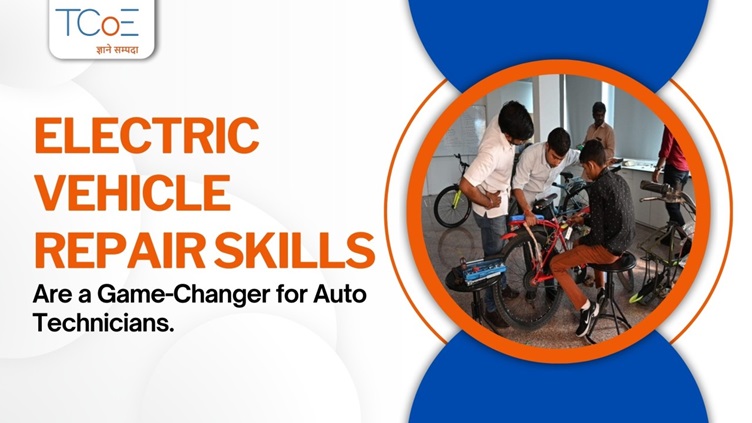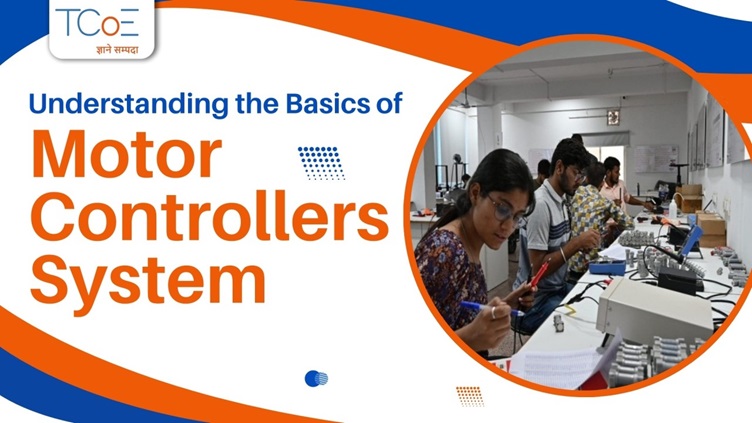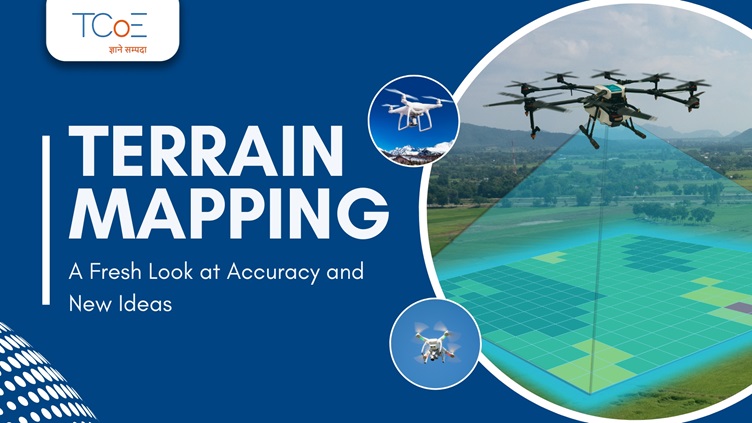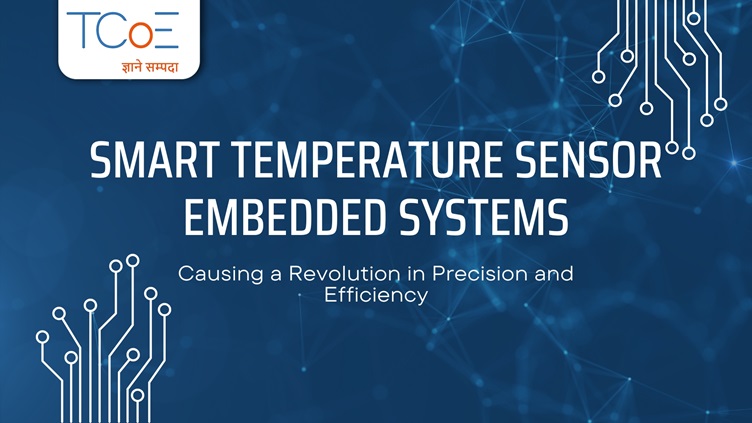How EV fault diagnostics are different from traditional vehicle maintenance
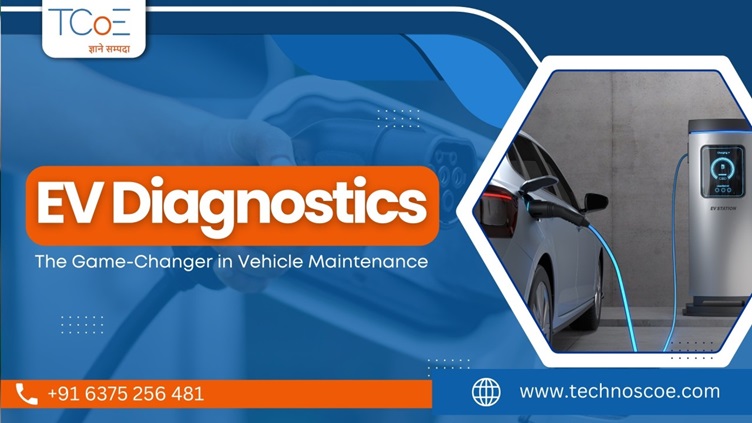
The increasing demand of 2 and 3-wheeler electric vehicles has completely created a revolution in vehicle maintenance and diagnostics. In comparison to traditional ICE vehicles, EVs are based on electrical and electronic systems that require a totally different way to diagnose and repair.
In this article you will get to know about how fault diagnostics for EVs are different from the traditional vehicle maintenance methods.
1. Differences in Vehicle Architecture
The main difference between EVs and traditional vehicles is their architecture. The 2-wheelers and 3-wheelers depend on engines, fuel systems, and mechanical components whereas EVs are powered by batteries, electric motors, and controllers. This requires a different approach.
Traditional Vehicles: The diagnostics of the traditional vehicles involve the mechanical components like carburetors, spark plugs, clutches, and transmissions. Multimeters and emission testers are some of the tools which are commonly used.
EVs: Diagnostics of EVs are focused on electrical systems, which includes BMS, motor controllers, and sensors. Advanced diagnostic tools like onboard diagnostic (OBD) scanners, thermal imaging devices, and software for updates are used.
2. Fault Detection Mechanism
Fault detection in EVs and traditional vehicles differs:
Traditional Vehicles Traditional vehicles depend on physical inspections and audio clues, for example, unusual sounds of the engine or vibration. Diagnostic tests are mostly done manually like compression checks or fuel pressure measurements.
EVs: EVs come with sophisticated self-diagnostic systems. Sensors monitor the real-time data coming from batteries, motors, and controllers. Any change from the normal parameters displays error codes that technicians can access using diagnostic software. For instance, problems such as battery overheating or motor inefficiency are indicated digitally, which reduces the identifying part.
3. Battery and Energy Systems vs. Fuel Systems
In electric vehicles, a remarkable difference in replacement is seen from fuel systems to energy storage systems.
Traditional Vehicles: The processes involved include fuel system cleaning, checking carburettor and fuel filters which are mainly mechanical and combustion-related operations.
EVs: Diagnostics includes battery health, charging efficiency, and energy distribution. Specific tools measure parameters such as SoC, SoH, and charging cycles. For example, an EV 2-wheeler might need diagnostics to check if its lithium-ion battery is degrading prematurely or not.
4. Software Integration and Updates
Software plays the least role in conventional vehicles but important in EVs:
Traditional Vehicles: Upgrades or changes usually are mechanical or hardware-based like replacing a bad ignition coil.
EVs: Periodic software updates improve system functionality and fix possible bugs. For example, the firmware of a 3-wheeler EV's motor controller needs to be upgraded to optimize power delivery or fix bugs in acceleration.
5. Tools and Technician Expertise
Traditional Vehicles: Maintenance depends on tool and technician expertise. Training is provided on mechanical systems.
EVs: Diagnostics requires special tools and software. Technicians must be trained in electrical engineering, software troubleshooting, and battery technology.
Conclusion
The shift from ICE-powered to electric 2-wheelers and 3-wheelers has transformed the maintenance scenario. EV diagnostics focus on precision, software integration, and advanced tools, in comparison with the hands-on, mechanical approach of traditional vehicles. As EV adoption grows, technicians must learn these new methodologies to ensure optimal vehicle performance and long life.

